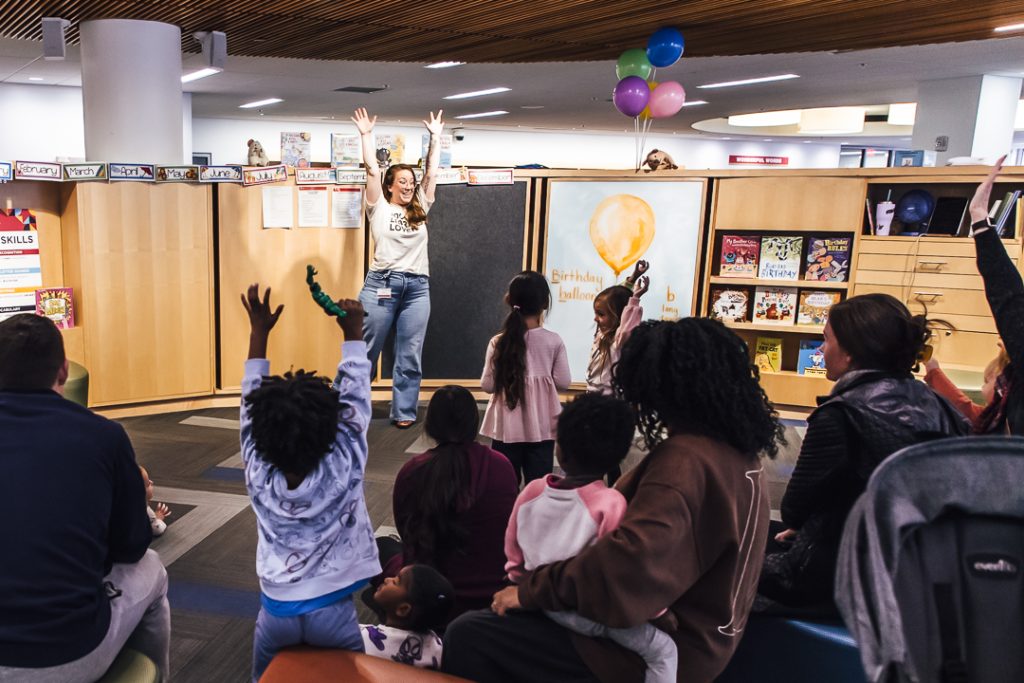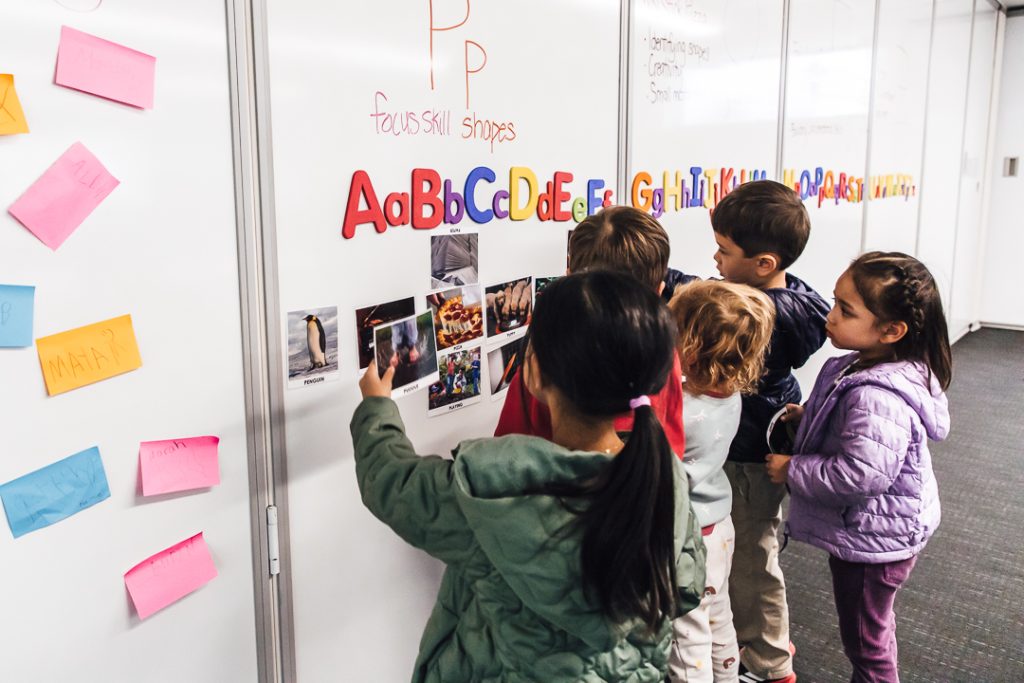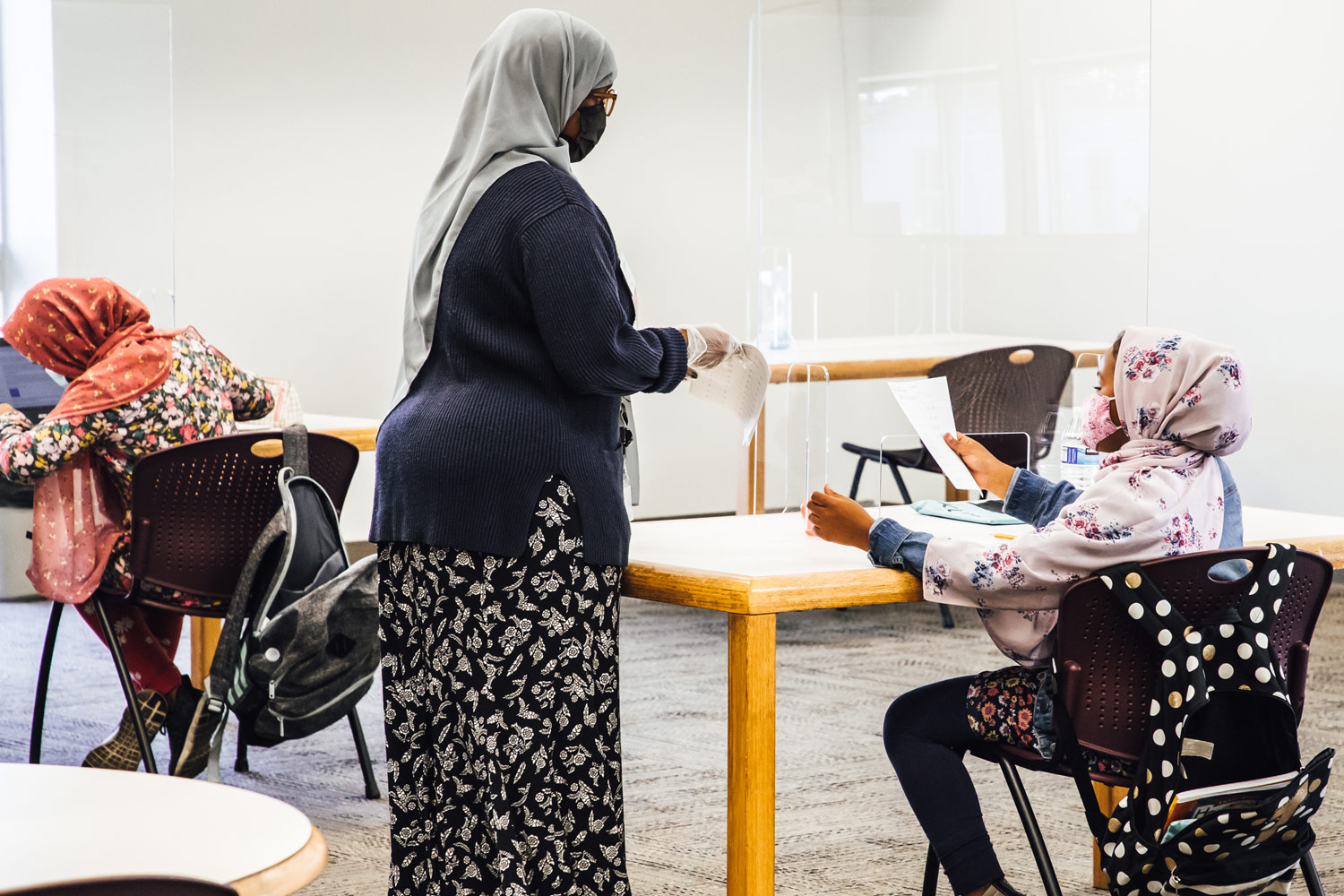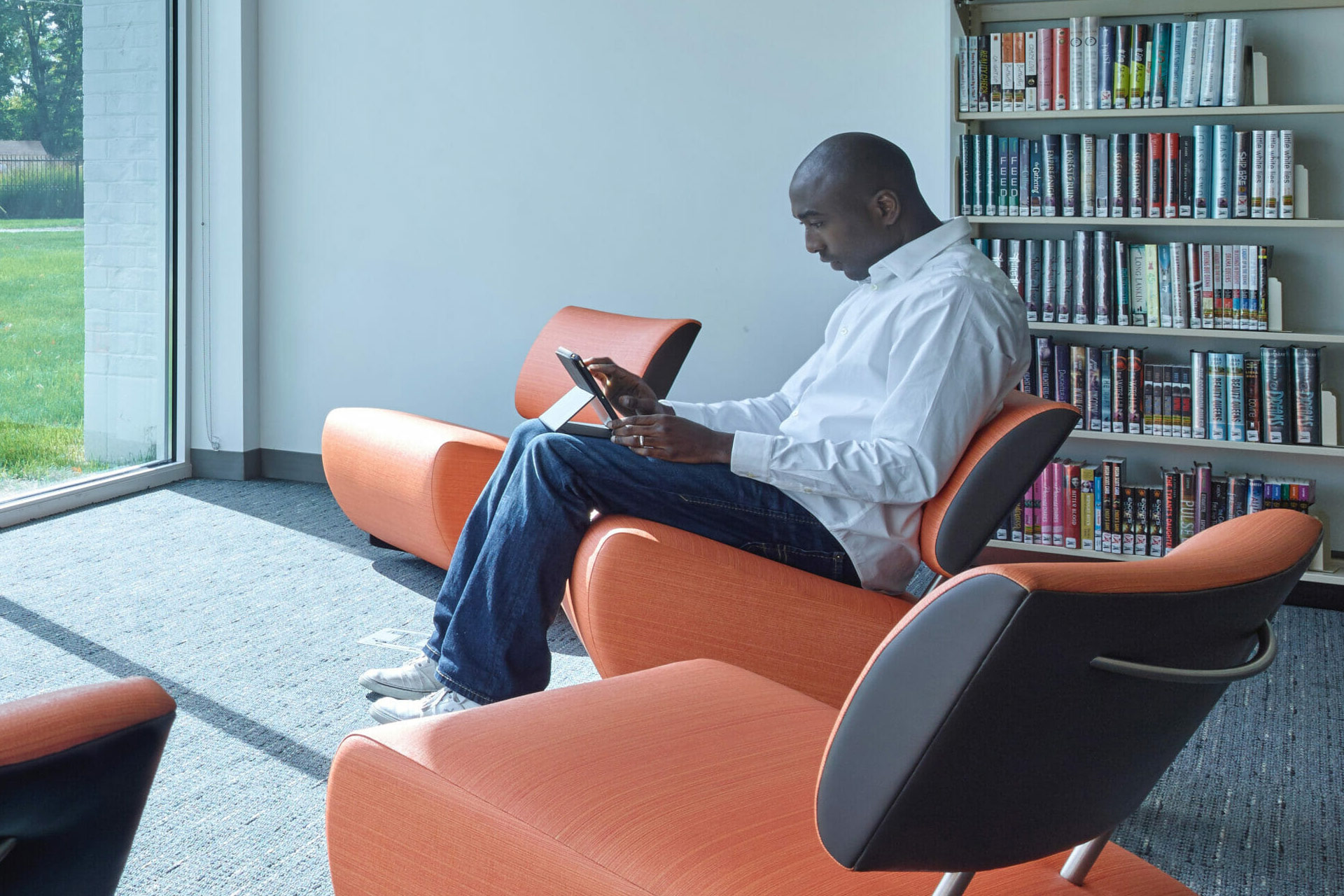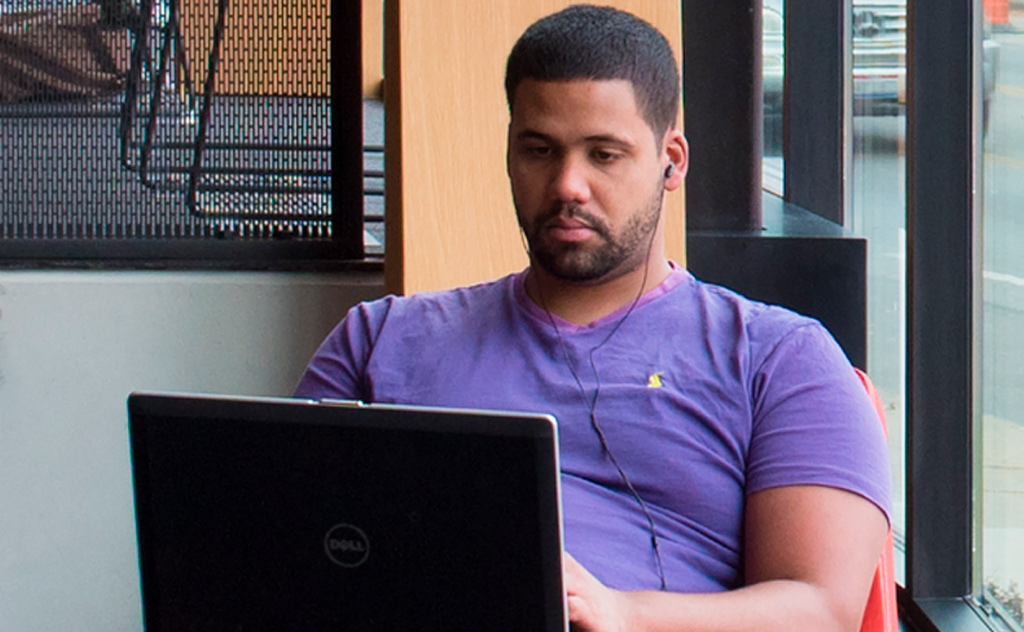Kindergarten Readiness
This page can help you navigate this journey.
- Finger Skills
- Classroom Behavior
- Reading & Writing
- School Smarts
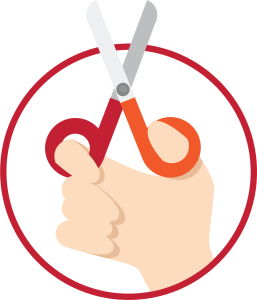
Fine motor skills are the small, precise movements we make with our hands and fingers including grasping, reaching, and manipulating small objects.
Development of your child’s fine motor skills are important for independence, self-care, writing, and more.
Let’s Work On: Torn Paper Art
Make some torn paper art with some glue or tape and whatever paper you have lying around the house – construction paper, newspaper, magazines, junk envelopes from the mail.
Your child can use torn paper to make the letters in their name, a shape, an animal, a collage and so much more.
Tearing paper helps your child strengthen their fine motor (small muscles) skills, hand-eye coordination, precision, bilateral coordination (using both sides of the body) and more!
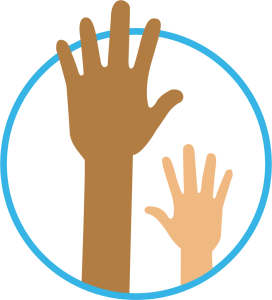
Part of your child’s development when they enter school will include learning classroom behaviors.
Let’s Work On: Following Directions
Simon Says game. To Play Simon Says, one player is chosen as “Simon” and gives commands to the other players. The other players only follow the commands if they begin with the words “Simon Says.” Players who follow commands that don’t begin with the words “Simon Says” are out. The goal is to be the last player standing.

Before a child learns to decode, they need to work on pre-literacy skills such as knowing ABCs, learning the sounds letters make, and practicing writing letters.
This lays the foundation for late school success by enhancing language, vocabulary, and comprehension abilities.
Let’s Work On: Letter Sounds
“I Spy” is a fun game that can be played anywhere, and it’s a great way to practice letter sounds! Here’s how it works:
- Start with Sounds: One player looks around the area and picks an object they want the others to guess. Instead of focusing on the first letter, they describe the object by its sound. For example, “I spy something that begins with the ‘sss’ sound. Can you find it?”
- Guessing: The other players take turns guessing what object the first player is thinking of. They should focus on the sound, not the letter itself. If they hear “sss,” they might guess “snake,” “sock,” or “sun.”
- Leveling Up: As children become better at recognizing letter sounds, you can increase the challenge by specifying letters that correspond to the sounds. For example, “I spy something that begins with the letter S.”
This game helps children strengthen their listening skills, understand letter-sound relationships, and improve their vocabulary in a fun, interactive way.
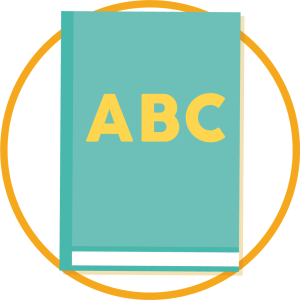
Your child will learn many things both from their teachers in school and from their caregivers leading up to school. Letter and number recognition are just the beginning!
Your child is and will develop many other school smarts like patterning, following directions, and sorting.
Let’s Work On: Sorting
Practice sorting with objects you have at home. Some things you could sort with your child are socks, silverware, beads, or leaves. Look around your home for more ideas!
Practice sorting by attributes like color, size, and shape. Let your child come up with their own ideas on how to sort too; there’s no wrong answer! Talk together about how your child decided to sort each object.
Sorting practices many skills your child will use in school. Sorting builds math skills, vocabulary and descriptive language skills, science skills as we classify by similarities and differences, and even fine motor skills as your child handles small objects.
Have fun sorting!

